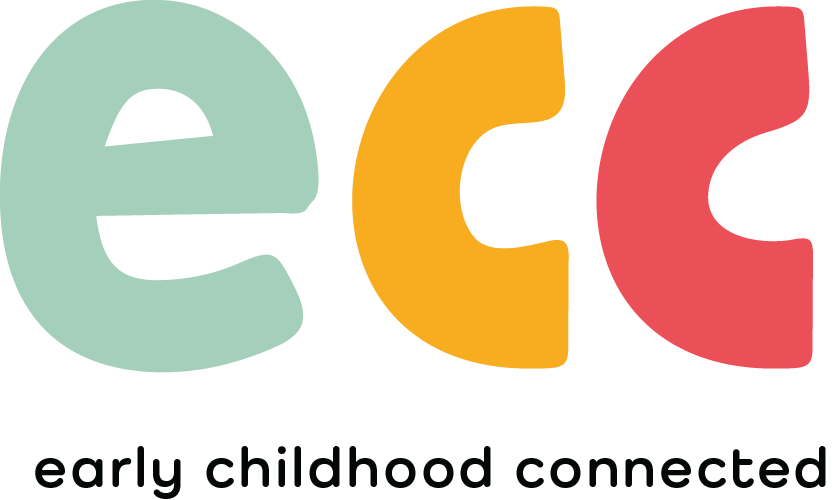A Brief Overview of Our Curriculum:
We want you to be able to use this curriculum in many environments whether you are a parent homeschooling your child or you have a teacher implementing the curriculum to a small pod of students. Just like an early childhood classroom, this curriculum is designed to be detailed, yet flexible. We have found that young students do well with structure whether that is sitting down to a lesson each day or even just knowing that a book follows their calendar activity. For this reason, we have suggested a clear schedule to follow. We see this is best fit for students ages 2-5 , but these are only suggested ages. Your almost 2-year-old should be developmentally ready for the daily activities just as your almost Kindergarten child will find the activities engaging, as well. Remember that you know your child better than anyone, so look out for fatigue and know when to hit the pause button on days when they need a break. Some days, you may prefer to complete the activities throughout the day. You might go over the calendar during breakfast, talk about the book on a walk, do an activity after nap, etc. Each day has multiple activities. Use activity #1 as a base for the day and add on with other activities as desired. Activities tend to become progressively more challenging for students who are ready to expand their skills. We recommend at least one book each day. With respect to how much time and money it would require to buy/rent all the books, we provide youtube links to readings of the majority of the books. We also provide media, movement, mindfulness and sensory activities throughout the week. These are optional activities to supplement and mix up the curriculum.
Every day begins with the morning welcome, which is similar to a circle time in a typical on-campus experience at a preschool/preK. Our morning welcome includes going over the calendar, briefly discussing the weather and reviewing the agenda for the day. Repetition is your friend here, so we encourage you to establish this routine every day. There are a plethora of skills involved when going over the daily calendar! There are a few songs to sing about the days of the week. Sing one of them to get the children familiarized with the days of the week. Then state the year. When you begin a new month, acknowledge that the year stays the same. Lastly, check the weather and sing the weather song.
Weekly Schedule
Monday: Introduce the letter of the week and the unit theme. Record the children’s thoughts about the theme and the letter of the week. It is important not to correct the students in this activity. It is valuable to have an open, safe space to brainstorm. Instead of telling them if they are correct or not, simply write down their ideas. Keep their initial thoughts and review and add to them Friday.
Tuesday: Math and science as related to theme and letter of the week.
Wednesday: Letter Books.
Thursday: Math and science as related to theme and letter of the week.
Friday: Letter Bags. Review Monday thoughts and add what was learned throughout the week.
Review: Comprehension & Gratitude
At the end of each day, take a few moments to review the day. This is an opportunity to check for comprehension, solidify memories and recognize gratitude. Refer back to leading questions and expand if needed. Add in gratitude, “What part of today did you like the best? What stood out to you? Was there something that came easily to you? Was there something that required more effort?”
With a combined 20+ years of teaching, we are able to pick and choose our favorite aspects of teaching philosophies including Reggio Emilia, Montessori and Howard Gardner’s theory of multiple intelligences.
Meredith:
Meredith has her Bachelors of Arts in Early Child and Adolescence Development. With 13 years of experience working in early childhood settings, Meredith has taught ages 2 – 5 for 10 years and was a preschool Director for 3 years. She believes setting the foundation for early learners is exponential to helping children become lifelong learners. Attention to mindfulness and emotional development is a huge passion of hers.
Michelle:
Michelle has her Master of Arts in Educational Therapy and Bachelor of Arts in Early Childhood Education. She has a private practice working in a 1-on-1 setting. She uses a therapeutic approach to provide academic remediation and advancement to students ages 2-14. She taught preK for four years and has a young daughter of her own.
